

Tableware
How To Test Glassware For Lead
Modified: November 1, 2024
Learn how to test tableware for lead to ensure the safety of your family. Follow our step-by-step guide to protect your loved ones.
(Many of the links in this article redirect to a specific reviewed product. Your purchase of these products through affiliate links helps to generate commission for Storables.com, at no extra cost. Learn more)
Introduction
Welcome to our comprehensive guide on testing glassware for lead. In this article, we will explore the importance of testing glassware for lead, the common sources of lead in glassware, the types of glassware to test, the materials required for testing, and various testing methods. We will also discuss how to interpret test results and highlight safety precautions to follow when conducting these tests.
Lead is a toxic metal that can be harmful to human health, especially when ingested or inhaled. It is often used in the manufacturing of glassware to provide stability and strength. However, the presence of lead in glassware poses a potential health risk, particularly when acidic or alcoholic beverages come into contact with lead-containing surfaces.
Testing glassware for lead is essential for ensuring the safety of our food and drinks. Whether you are a homeowner, a collector of antique glassware, or a restaurant owner, it is important to be aware of the lead content in the glassware you use or offer to customers.
In the following sections, we will delve deeper into the reasons why testing glassware for lead is crucial, as well as the methods and precautions involved. By understanding these important factors, you will be better equipped to make informed decisions and take necessary steps to protect yourself and others from potential lead exposure.
Key Takeaways:
- Prioritize safety and health by testing glassware for lead, especially antique, crystal, and imported items. Follow proper testing methods, interpret results, and take necessary precautions to minimize lead exposure.
- Understanding the sources of lead in glassware and the importance of testing can help protect against potential health risks. Utilize spot testing, home testing kits, or laboratory analysis for accurate lead content assessment.
Read more: How To Store Glassware
Importance of Testing Glassware for Lead
Testing glassware for lead is of utmost importance to safeguard our health and well-being. Lead is a toxic substance that can cause serious health issues, especially when ingested or inhaled. When glassware containing lead comes into contact with beverages or food, there is a possibility of lead leaching into the content, which can then be ingested.
Lead poisoning can have detrimental effects, particularly on children and pregnant women. It can lead to developmental delays, behavioral problems, cognitive impairment, and damage to vital organs such as the kidneys and nervous system. Adults are also susceptible to the harmful effects of lead, including increased blood pressure, fertility problems, and neurological disorders.
Unfortunately, lead can be found in various sources, including older glassware that was manufactured before regulations were put in place to control lead content. Some antique glassware, crystal glassware, and even modern glassware manufactured outside of regulatory jurisdictions may contain high levels of lead. Additionally, certain decorative glass items and imported glassware may also pose a risk.
By testing glassware for lead, we can identify potential sources of exposure and take necessary precautions to mitigate the risk. It allows us to make informed decisions about the glassware we use and ensures the safety of our family, guests, or customers. Testing is especially crucial for those who handle glassware in commercial settings, such as restaurants, bars, and hotels.
Moreover, testing glassware for lead can also protect the value of antique and collectible glassware. Buyers and collectors want to ensure that their investments are safe and authentic. Testing provides reassurance that the glassware is lead-free or complies with the permissible lead levels, preserving its value and integrity.
Overall, by prioritizing the testing of glassware for lead, we can take proactive measures to protect our health and prevent lead poisoning. It is a crucial step in maintaining a safe and healthy environment for everyone who comes into contact with glassware.
Common Sources of Lead in Glassware
Lead can be found in various types of glassware, especially in older or imported items. Understanding the common sources of lead in glassware can help us identify potential risks and take appropriate measures to prevent lead exposure. Here are some common sources of lead in glassware:
- Antique Glassware: Many antique glassware items, particularly those produced before the 1970s, were made using lead-containing glass. This is because lead was commonly used to add brilliance, weight, and durability to the glass. Antique glassware, such as crystal glasses, decanters, and serving dishes, may have higher lead content, especially if they were manufactured in countries with less stringent lead regulations.
- Crystal Glassware: Crystal glassware is known for its clarity and light refraction properties. Traditionally, lead oxide was used to manufacture crystal glass, resulting in a higher lead content compared to regular glassware. While lead crystal glassware is beautiful and often sought after, it carries a higher risk of lead leaching into beverages or food.
- Imported Glassware: Glassware imported from certain countries may not adhere to strict lead regulations. Some countries have higher permissible lead limits or lack proper safety standards for glassware manufacturing. It is important to exercise caution when purchasing glassware imported from these regions.
- Decorative Glass Items: Certain decorative glass items, such as stained glass, art glass, and painted glassware, may contain lead-based paint or glazes. These decorative elements can deteriorate over time, leading to potential lead exposure when in contact with hands or lips.
- Children’s Glassware: Glassware designed for children, such as baby bottles, sippy cups, and drinking glasses, may also contain lead. It is essential to choose glassware that is specifically labeled as lead-free or meets safety standards for children’s products.
It is important to note that not all glassware contains lead. Many modern glassware manufacturers adhere to strict regulations and produce lead-free glassware. However, due diligence is still necessary, especially when dealing with older or imported glassware.
By being aware of these common sources of lead in glassware, we can take proactive steps to test and verify the lead content in the glassware we use. This knowledge enables us to make informed decisions and minimize the risk of lead exposure for ourselves and our loved ones.
Types of Glassware to Test for Lead
Testing glassware for lead is important, especially for certain types of glassware that are more likely to contain lead. While it is recommended to test all glassware if you are unsure of its lead content, here are some common types of glassware that should undergo testing:
- Antique Glassware: Antique glassware, particularly those manufactured before the 1970s, is more likely to contain lead. This includes vintage crystal glasses, decanters, serving dishes, and decorative glass items. The use of lead in antique glassware was prevalent due to its ability to add weight and brilliance to the glass. Testing antique glassware is crucial to ensure its safety and to prevent lead leaching into food or beverages.
- Crystal Glassware: Crystal glassware is known for its high lead content. The lead oxide used in the manufacturing process enhances the glass’s clarity and brilliance. It is important to test crystal glassware, including wine glasses, champagne flutes, and highball glasses, to verify the lead levels and take appropriate precautions.
- Children’s Glassware: Glassware designed for children, such as baby bottles, sippy cups, and drinking glasses, should be tested for lead content. Children are more susceptible to the harmful effects of lead, and their exposure should be minimized as much as possible. Choosing glassware labeled as lead-free or meeting safety standards for children’s products is advisable, but testing can provide an extra layer of confidence.
- Imported Glassware: Glassware imported from certain regions may have different lead regulations or lack proper safety standards. It is important to test glassware imported from these countries to ensure the lead levels are within acceptable limits. This includes various types of glassware such as drinking glasses, wine glasses, and serving bowls.
- Everyday Glassware: While modern glassware manufacturers often comply with strict regulations regarding lead content, it is still a good practice to test everyday glassware. This includes drinking glasses, tumblers, and mugs that are regularly used to serve beverages. Testing these items provides peace of mind and ensures the safety of daily use.
Remember, testing glassware for lead is a proactive step towards ensuring your safety and the safety of those who use the glassware. While these are common types of glassware to test, it is always recommended to test any glassware that you suspect may contain lead or if you are unsure of its origin and manufacturing standards.
By testing these types of glassware, you can take control of your health and make informed decisions when it comes to selecting and using glassware that is free from harmful levels of lead.
Materials Needed for Testing
When testing glassware for lead, there are several materials you will need to ensure an effective and accurate testing process. These materials are readily available and will help you assess the lead content in the glassware. Here are the key materials you will need:
- Lead Testing Kits: You will need lead testing kits specifically designed for testing glassware. These kits typically consist of test swabs or solutions that can detect the presence of lead. Make sure to choose a reliable and reputable brand that provides accurate results.
- Cleaning Supplies: It is essential to thoroughly clean the glassware before conducting the lead test. You will need mild dish soap, water, and a soft cloth or sponge to clean the glassware’s surface. This helps remove any dirt, debris, or residues that may interfere with accurate testing.
- Protective Gear: To ensure your safety during the testing process, it is advisable to wear protective gloves and a face mask. This minimizes direct contact with the glassware and any potential lead dust that may be released during testing.
- Test Area: Select a well-ventilated and clean area for conducting the testing. Ideally, choose a space where you can easily discard testing materials and avoid cross-contamination.
- Reference Glasses: It is helpful to have known lead-free glassware as reference samples for comparison. This can provide a basis for understanding the color change or reaction of the test swabs or solutions when testing the glassware in question.
It is important to follow the instructions provided with the lead testing kits carefully. Different products may have variations in testing procedures and recommended wait times to obtain accurate results.
Keep in mind that these materials are specifically for at-home lead testing purposes. If you require more detailed or extensive testing, it is advisable to consult a professional laboratory that specializes in analyzing lead content in glassware.
By gathering these materials, you will have everything you need to conduct the lead testing on your glassware. Once you have collected all the necessary materials, you can proceed to perform the appropriate testing method, which we will discuss in the following sections.
Read more: How To Mail Glassware
Testing Methods for Lead in Glassware
There are several testing methods available to determine the lead content in glassware. Each method has its own advantages and considerations, depending on the accuracy required and the resources available. Here are three common testing methods for lead in glassware:
- Spot Testing Method: The spot testing method involves using lead testing swabs or solutions to detect the presence of lead on the surface of the glassware. The swabs or solutions change color when they come into contact with lead. This method provides a quick and convenient way to determine if lead is present, but it does not provide precise measurements of the lead content. Spot testing is suitable for preliminary screening, especially for home use.
- Home Testing Kit Method: Home testing kits are available for those who want a more comprehensive analysis of the lead content in glassware. These kits typically come with detailed instructions and may include samples that can be sent to a laboratory for analysis. The kits often use a combination of spot testing and laboratory testing to provide a more accurate measurement of the lead levels. Home testing kits are suitable for those who want a deeper understanding of the lead content in their glassware.
- Laboratory Analysis Method: For the most accurate and precise measurement of lead content, professional laboratory analysis is advisable. This method involves sending samples of the glassware to a specialized laboratory that can conduct detailed analysis using advanced equipment. Laboratory analysis provides accurate measurements of the lead levels, allowing for a more reliable assessment of the glassware’s safety. This method is particularly recommended for antique glassware or situations where precise lead content measurements are required.
It is important to note that each testing method has its limitations, and they may provide different levels of accuracy. The choice of testing method depends on factors such as the importance of obtaining precise measurements, the resources available, and individual preferences.
Before conducting any testing, always make sure to thoroughly clean the glassware to remove any dirt or residues on the surface. This ensures that the test results are not affected by external factors.
Remember to follow the instructions provided with the testing materials or consult a professional if you have any doubts or questions about the testing methods. By utilizing these testing methods, you can gain insights into the lead content of your glassware and make informed decisions to protect your health and well-being.
To test glassware for lead, use a lead-check swab to rub the surface. If the swab turns red, it indicates the presence of lead. Alternatively, a lead testing kit can also be used for accurate results.
Spot Testing Method
The spot testing method is a quick and convenient way to determine the presence of lead on the surface of glassware. It involves using lead testing swabs or solutions that change color when they come into contact with lead. While this method does not provide precise measurements of the lead content, it can give a preliminary indication of the presence of lead in glassware. Here’s how to perform the spot testing method:
- Gather Materials: Collect the necessary materials for spot testing, which typically include lead testing swabs or solutions available in lead testing kits.
- Clean the Glassware: Thoroughly clean the glassware with mild dish soap and water to remove any dirt or residues that may affect the test results. Dry the glassware completely before proceeding.
- Perform the Spot Test: Open the lead testing swab or solution and carefully follow the instructions provided. Rub the swab or apply the solution onto a small area of the glassware’s surface, using gentle pressure. The swab or solution will change color if lead is present.
- Observe the Color Change: Allow sufficient time for the color change to occur, as indicated in the instructions. Each testing kit may have different recommended wait times. Compare the color change to the provided color chart or reference glasses to determine the presence of lead.
- Interpret the Results: Based on the color change, you can determine if lead is present on the tested portion of the glassware’s surface. Be aware that this method does not provide exact lead levels, but rather a qualitative indication of lead presence.
If the spot test indicates the presence of lead, further testing may be necessary to confirm the lead content and determine the level of lead present in the glassware. This could involve using a home testing kit or seeking professional laboratory analysis for a more precise measurement.
It is important to note that the spot testing method is a screening method and may have limitations. False positive or false negative results can occur due to various factors. Therefore, if you have concerns about the lead content in your glassware or require accurate measurements, it is recommended to consider more comprehensive testing methods such as home testing kits or laboratory analysis.
By using the spot testing method as an initial screening tool, you can gain valuable insights into the potential lead content of your glassware and make informed decisions about its usage and safety.
Home Testing Kit Method
The home testing kit method provides a more comprehensive analysis of the lead content in glassware compared to the spot testing method. These kits typically come with detailed instructions and may include samples that can be sent to a laboratory for analysis. Here is how you can conduct the lead testing using a home testing kit:
- Acquire a Home Testing Kit: Purchase a reliable home testing kit specifically designed for testing lead in glassware. Ensure that the kit includes all the necessary components, such as test swabs or solutions, sample containers, and prepaid shipping labels if laboratory analysis is required.
- Clean the Glassware: Thoroughly clean the glassware using mild dish soap and water, ensuring that all dirt, debris, or residues are removed. Dry the glassware completely using a soft cloth or let it air dry.
- Collect Samples: Follow the instructions provided in the home testing kit to collect samples of the glassware. This may involve swabbing specific areas or depositing a small portion of the glassware into sample containers provided in the kit.
- Perform the Test: Carry out the test as per the instructions provided in the kit. This may include processing the samples with the provided solutions or swabs and waiting for a specific period for results to develop.
- Interpret the Results: Once the test is complete, compare the results against the provided guidelines or color charts to determine the lead content in the glassware. Some kits may provide measurements or reference values for comparison.
- Consider Laboratory Analysis: If the home testing kit indicates the presence of lead or provides a measurement close to the permissible limits, you may opt to send the samples to a laboratory for more detailed analysis. Ensure that you follow the instructions provided in the kit for proper sample handling and shipping procedures.
The home testing kit method combines spot testing with the option of laboratory analysis, allowing for a more comprehensive assessment of the lead content in glassware. It provides you with a better understanding of the lead levels and ensures the accuracy of the results.
It is important to note that while home testing kits can provide valuable information, they do have limitations. The accuracy of the results may vary depending on the quality and reliability of the kit, as well as potential user error. For a more thorough and precise analysis, professional laboratory testing is recommended.
By utilizing a home testing kit, you can gain a deeper understanding of the lead content in your glassware and make informed decisions about its safety and usage. If you have any doubts or questions during the testing process, it is advisable to consult the instructions provided in the kit or seek professional guidance.
Laboratory Analysis Method
The laboratory analysis method is the most accurate and precise way to determine the lead content in glassware. This method involves sending samples of the glassware to a specialized laboratory that can conduct comprehensive analysis using advanced equipment. Here is how the laboratory analysis method works:
- Collect Samples: Follow the instructions provided by the laboratory for collecting and preparing the samples of the glassware. This may involve swabbing specific areas or providing fragments of the glassware.
- Select a Laboratory: Choose a reputable laboratory that specializes in analyzing lead content in glassware. Research and read reviews to ensure their expertise and reliability in conducting these tests.
- Ship the Samples: Package the glassware samples according to the laboratory’s instructions, ensuring proper protection during transit. Ship the samples to the laboratory using the recommended shipping method and prepaid label, if provided.
- Laboratory Analysis: Upon receiving the samples, the laboratory will conduct an in-depth analysis of the glassware using specialized equipment and techniques. This analysis will provide precise measurements of the lead content in the glassware, giving a more accurate assessment of its safety.
- Receive Test Result: The laboratory will generate a comprehensive report detailing the lead content in the glassware. This report will provide precise measurements, exceeding the capabilities of other testing methods.
- Interpret the Results: Review the laboratory’s test report to understand the lead content of the glassware. The report will typically indicate whether the lead levels are below, within, or above the permissible limits set by regulatory authorities.
Utilizing the laboratory analysis method ensures the highest level of accuracy and reliability when determining the lead content in glassware. The advanced equipment and techniques employed by reputable laboratories help provide definitive results, making it the preferred method for antique glassware or situations that require precise measurements.
It is important to choose a laboratory with a proven track record in lead analysis for glassware. Research multiple laboratories, compare their services and prices, and read customer reviews to make an informed decision.
While the laboratory analysis method offers the most accurate results, it may come at a higher cost and longer turnaround time compared to other testing methods. However, it provides the peace of mind of having precise measurements and a comprehensive understanding of the lead content in the glassware.
By opting for laboratory analysis, you can make informed decisions about the safety of your glassware based on scientifically validated results. If you have any questions or need clarification regarding the test results, do not hesitate to contact the laboratory for further assistance.
Read more: How To Store Lead Acid Batteries
Interpreting Test Results
Interpreting test results is an essential step in understanding the lead content in glassware and making informed decisions about its safety. Whether you have conducted a spot test, used a home testing kit, or opted for laboratory analysis, here are some guidelines for interpreting the test results:
- Spot Testing Method: With the spot testing method, the presence of a color change indicates the potential presence of lead on the surface of the glassware. It is important to refer to the provided color chart or reference glasses to determine the level of lead content. However, spot testing does not provide precise measurements or indicate the overall lead content throughout the glassware.
- Home Testing Kit Method: Home testing kits often provide more detailed information and measurements of the lead content. Results may be categorized as “Safe,” “Caution,” or “Unsafe” based on the levels detected. It is important to compare the results against the provided guidelines or permissible lead limits set by regulatory authorities to determine the safety of the glassware.
- Laboratory Analysis Method: Laboratory analysis provides the most precise measurements of the lead content in glassware. The test results will indicate the exact lead levels in micrograms per centimeter squared (µg/cm^2). These results can be compared to regulatory standards to determine if the glassware meets safety requirements.
When interpreting test results, it is important to consider the permissible lead limits set by relevant authorities. Different countries may have varying standards for allowable lead content in glassware. Checking the guidelines specific to your region ensures compliance with safety regulations.
If the test results indicate the presence of lead or levels that exceed permissible limits, it is recommended to take appropriate precautions. This may include discontinuing the use of the glassware, especially for food and beverages, to minimize lead exposure. Safely disposing of the glassware is also advisable to prevent any accidental use in the future.
Conversely, if the test results indicate that the glassware is lead-free or within acceptable limits, it can be considered safe for use. However, it is important to remember that even glassware labeled as “lead-free” may contain trace amounts of lead that are considered safe by regulatory standards.
Always refer to the specific guidelines provided with the testing method or consult with professionals if you have any doubts or questions regarding the interpretation of the test results. Their expertise can ensure accurate assessments and help you make the best decisions regarding the use of glassware in your specific situation.
Interpreting test results allows you to understand the lead content in glassware and make informed choices to protect your health and the well-being of those who use the glassware.
Safety Precautions when Testing Glassware for Lead
When testing glassware for lead, it is crucial to prioritize safety to minimize the risk of lead exposure. Here are some important safety precautions to follow during the testing process:
- Wear Protective Gear: Always wear protective gloves and a face mask when handling glassware, especially when conducting testing. This helps protect your skin and respiratory system from potential lead dust or particles.
- Perform Testing in a Well-Ventilated Area: Choose a well-ventilated space to conduct the testing, ensuring proper airflow to minimize the concentration of any released lead dust or fumes.
- Thoroughly Clean the Glassware: Before testing, clean the glassware thoroughly using mild dish soap and water to remove any dirt, debris, or residues on the surface. Pay close attention to the areas to be tested to ensure accurate results.
- Follow Instructions Carefully: Read and follow the instructions provided with the testing materials or kits. Pay attention to recommended waiting times, proper handling of test swabs or solutions, and any specific precautions mentioned.
- Dispose of Test Materials Safely: After completing the testing, dispose of used test swabs, solutions, and any other testing materials in a sealed bag or container. This prevents accidental contact or ingestion of potentially contaminated materials.
- Wash Hands Thoroughly: After handling glassware or conducting tests, wash your hands thoroughly with soap and water. This helps remove any potential lead residue or dust that may have come into contact with your skin during the testing process.
- Prevent Cross-Contamination: Avoid cross-contamination by using separate cleaning materials and testing equipment for each glassware sample. This prevents the transfer of lead particles from one glassware to another.
- Consider Professional Testing: If you are unsure about how to safely conduct the testing or if you suspect high levels of lead in the glassware, consider seeking professional testing services. They have the expertise and equipment to handle lead testing in a controlled and safe manner.
It is important to note that the safety precautions mentioned here apply specifically to testing glassware for lead. If you are working with damaged glassware, antique glassware, or materials suspected to contain high levels of lead, additional precautions may be necessary. Consult with professionals or relevant health and safety authorities for specific guidance in these situations.
By following these safety precautions, you can minimize the risk of lead exposure during the testing process and ensure the well-being of yourself and others involved. Remember, safety should always be a priority when handling and testing glassware for lead.
Conclusion
Testing glassware for lead is a critical step in ensuring the safety of our food and drinks. Lead, a toxic metal, can be present in various types of glassware, particularly in antique items, crystal glassware, and imported products. The ingestion or inhalation of lead can have severe health implications, especially for children and pregnant women.
By testing glassware for lead, we can identify potential sources of exposure and make informed decisions about their usage. Various testing methods, such as spot testing, home testing kits, and laboratory analysis, provide different levels of accuracy and information regarding the lead content in glassware.
When conducting these tests, it is essential to prioritize safety by wearing protective gear, performing testing in well-ventilated areas, and following instructions diligently. Thoroughly cleaning the glassware before testing and properly disposing of testing materials also contribute to minimizing the risk of lead exposure.
Interpreting test results allows us to understand the lead content in glassware and take appropriate actions based on regulatory limits and safety guidelines. Depending on the results, one may choose to discontinue the use of glassware that exceeds permissible lead levels or seek professional guidance for further analysis and advice.
In conclusion, testing glassware for lead is a proactive and responsible approach to safeguarding our health and the well-being of those who use glassware. Whether you are a homeowner, collector, or establishment owner, it is important to be aware of the potential risks associated with lead in glassware and take appropriate measures to mitigate those risks.
By conducting regular testing, following safety precautions, and making informed decisions, we can create a safe and healthy environment while enjoying our food and beverages without the worry of lead contamination.
Frequently Asked Questions about How To Test Glassware For Lead
Was this page helpful?
At Storables.com, we guarantee accurate and reliable information. Our content, validated by Expert Board Contributors, is crafted following stringent Editorial Policies. We're committed to providing you with well-researched, expert-backed insights for all your informational needs.
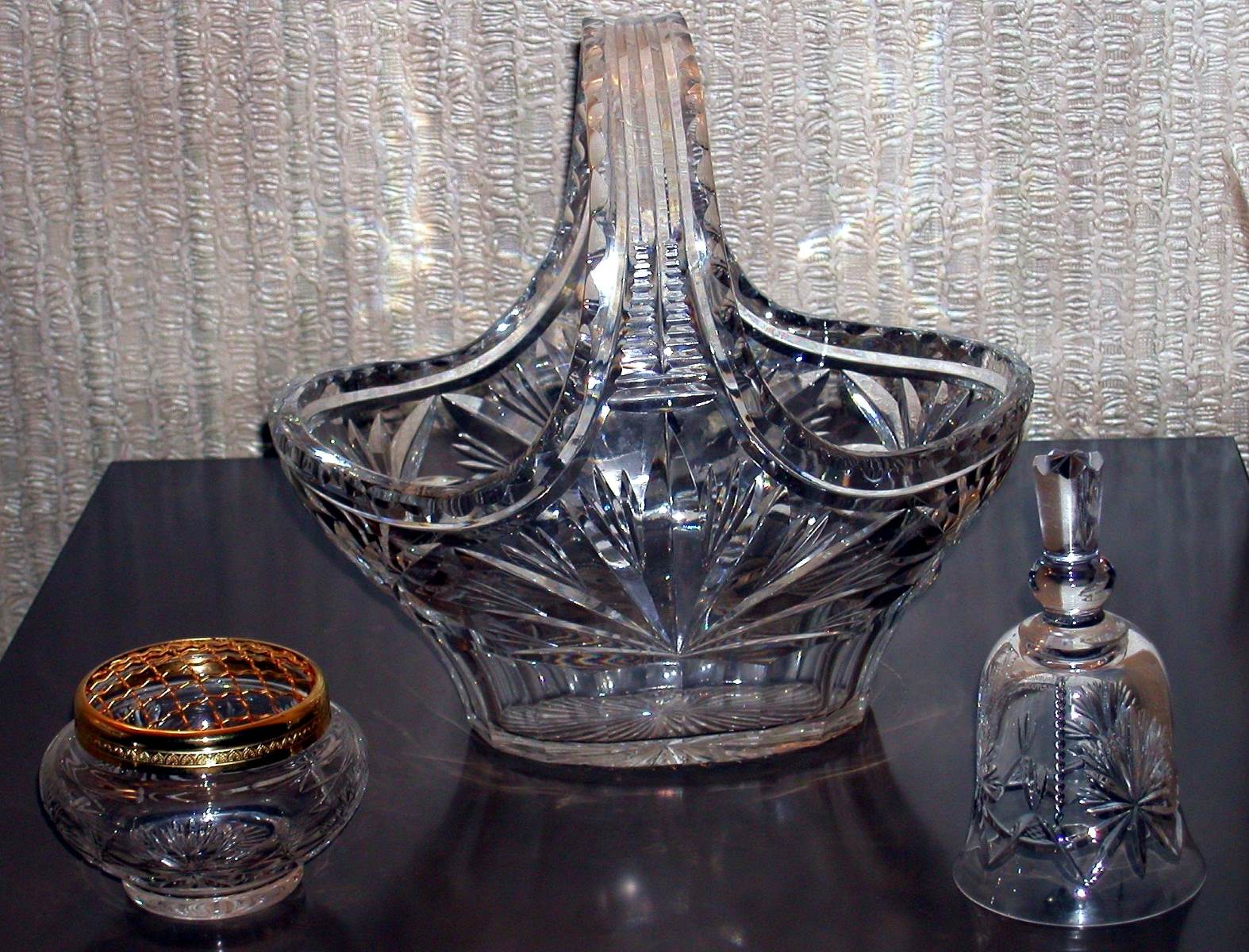

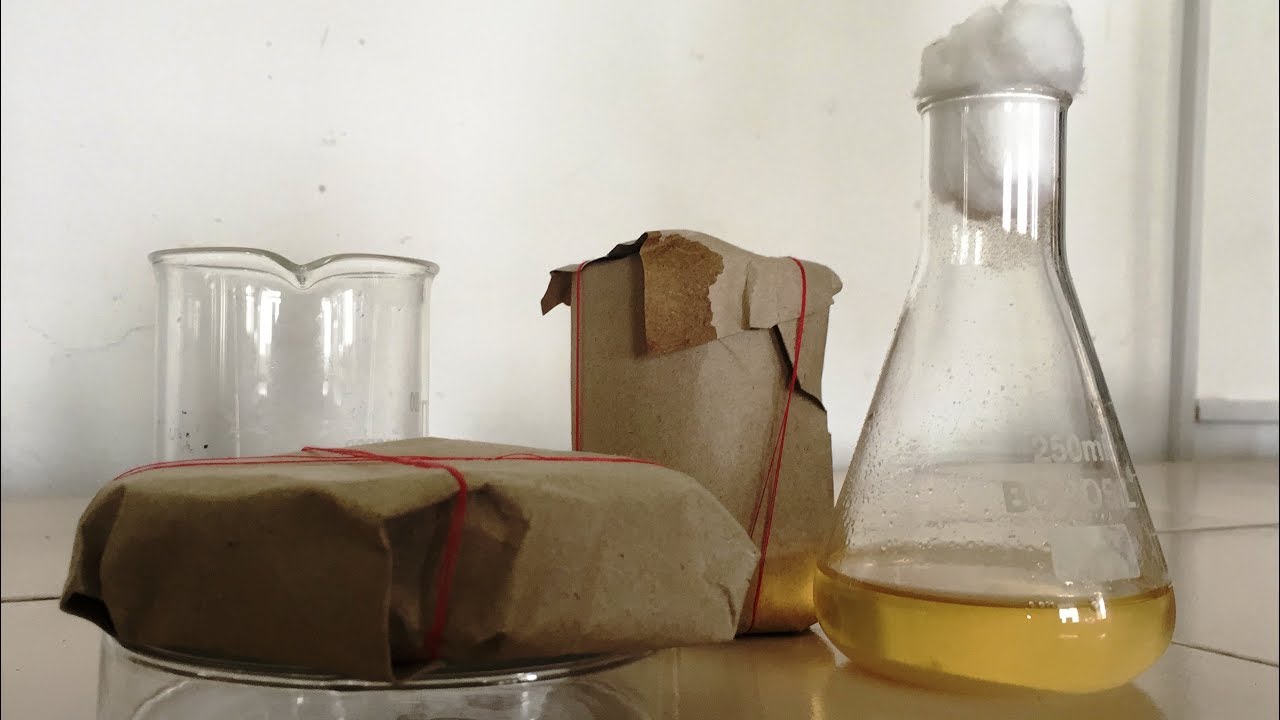
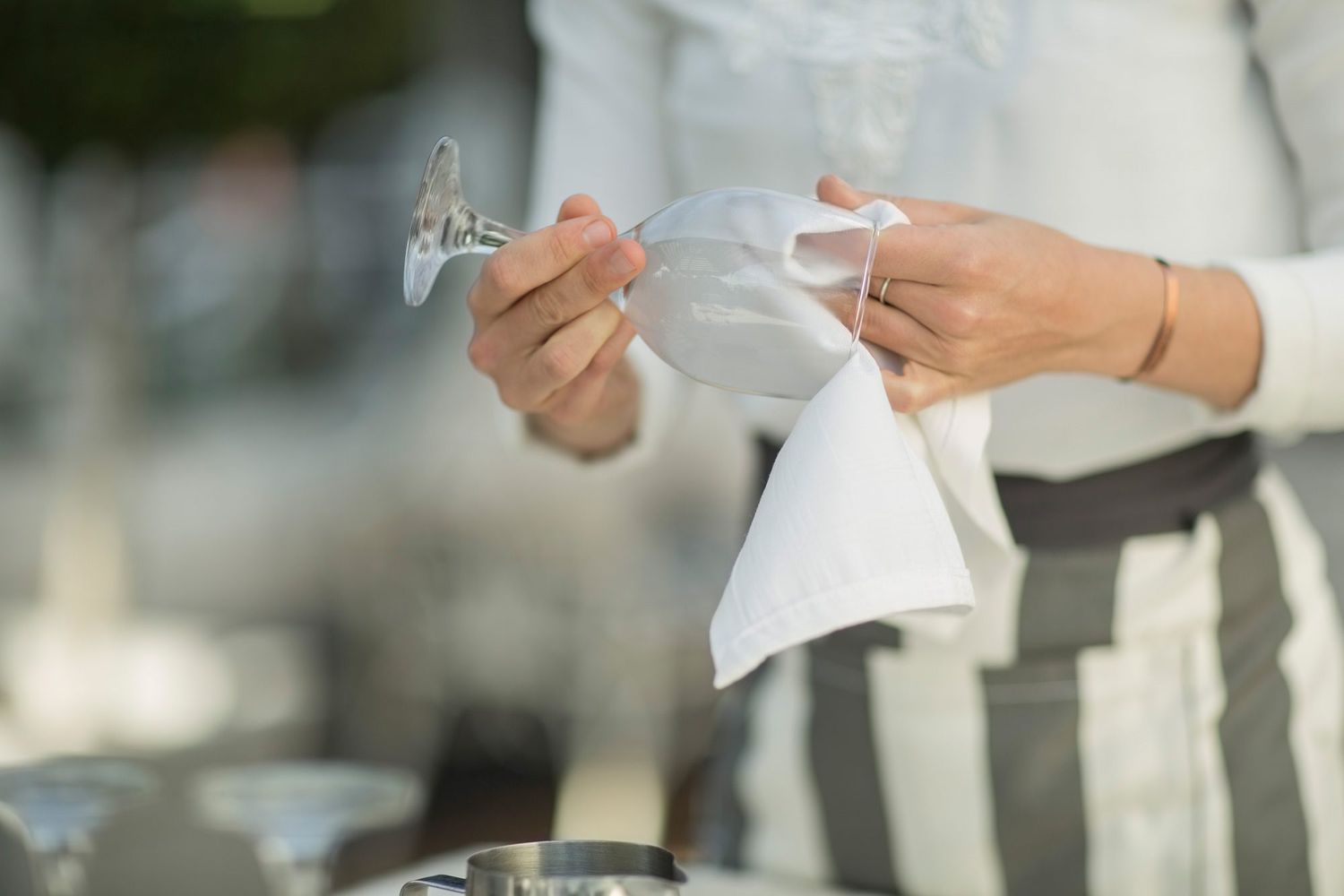
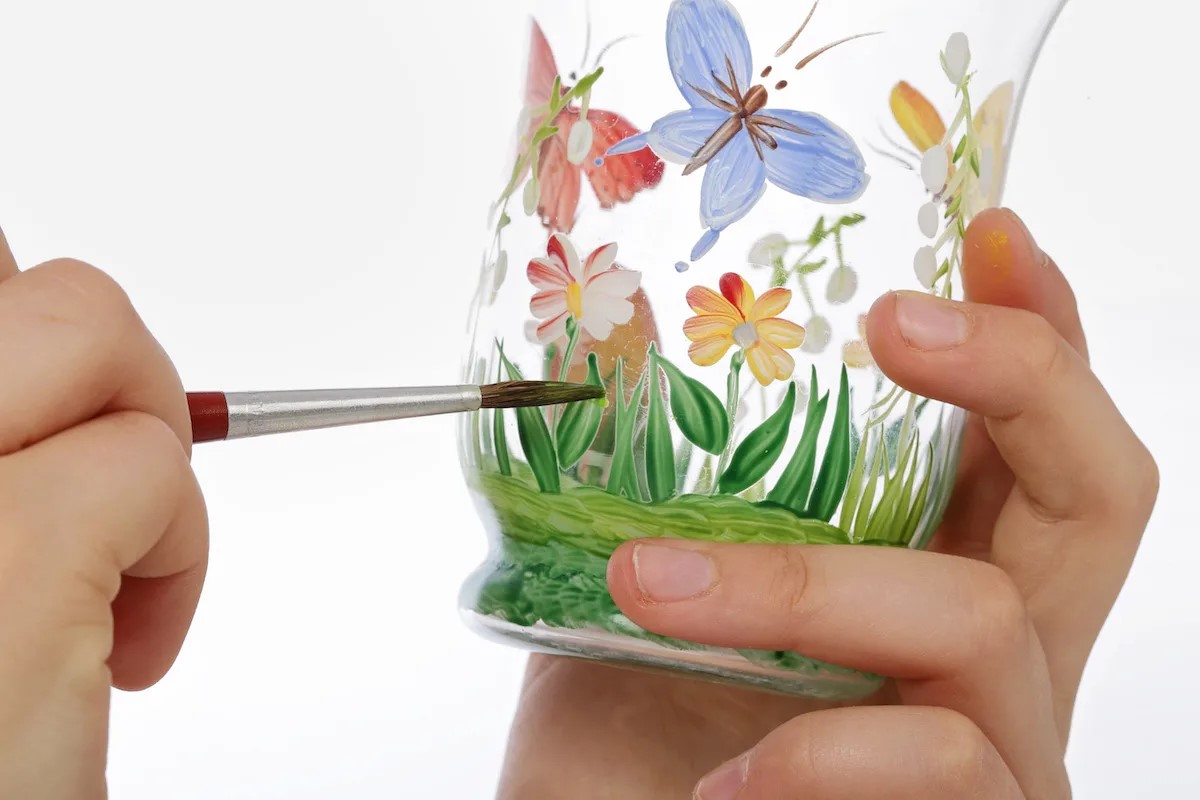
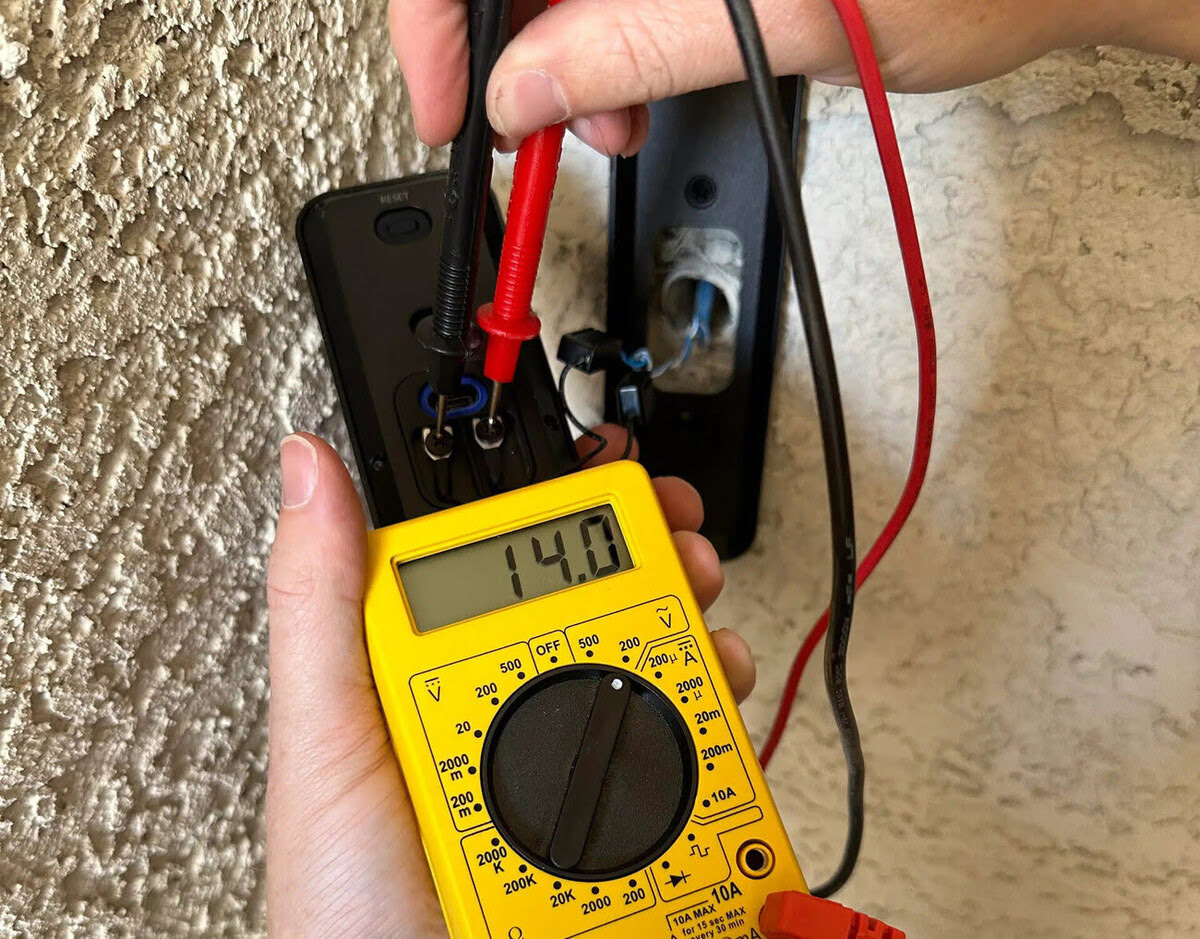


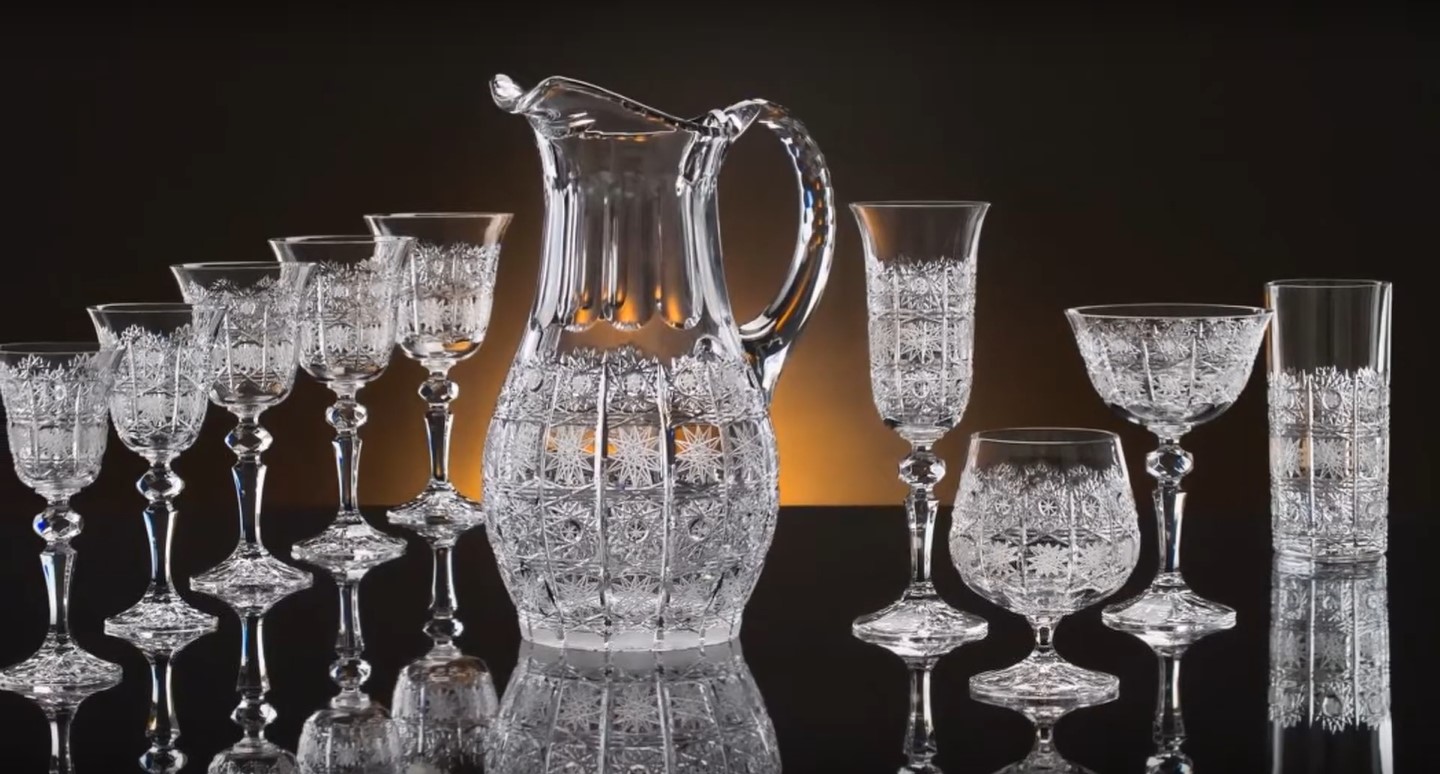
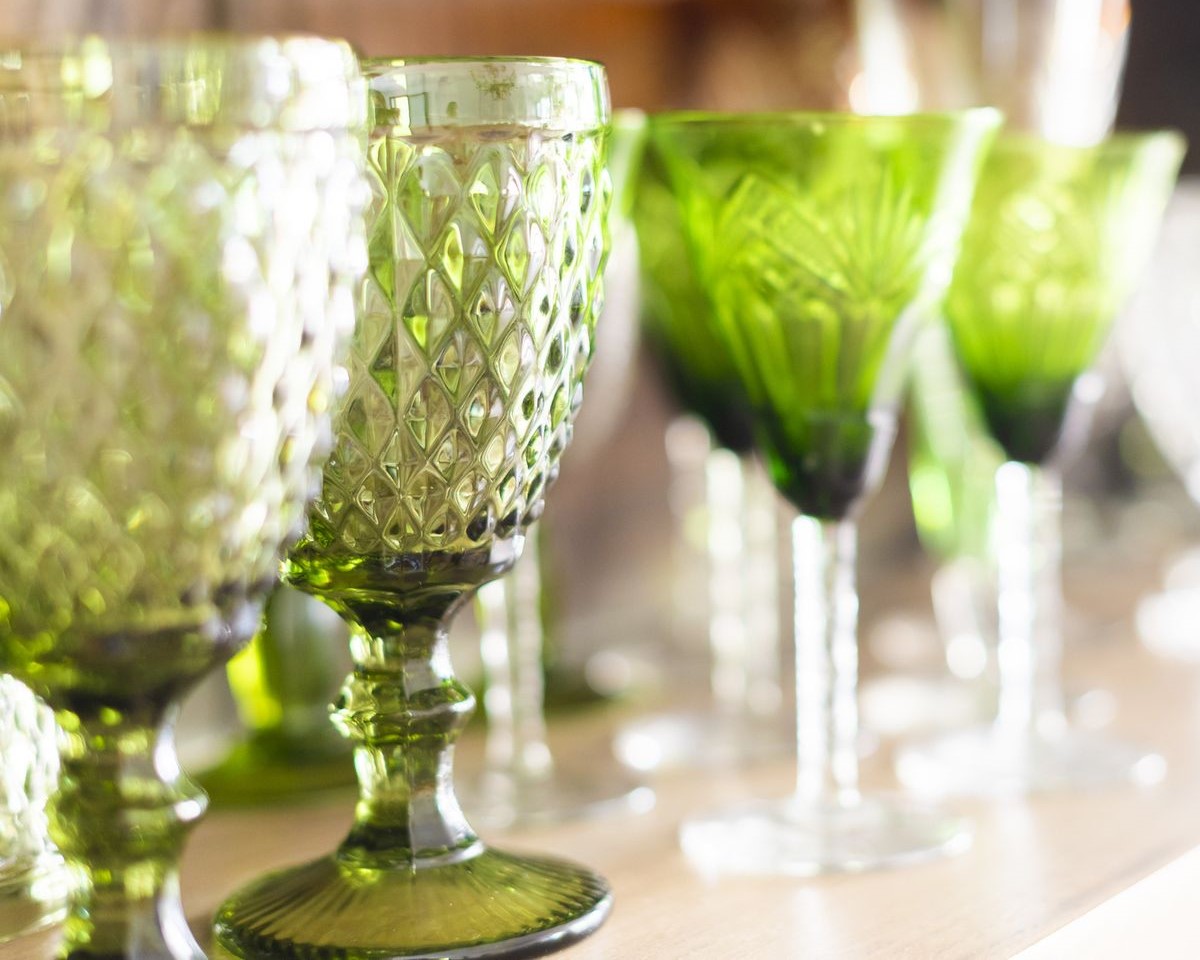
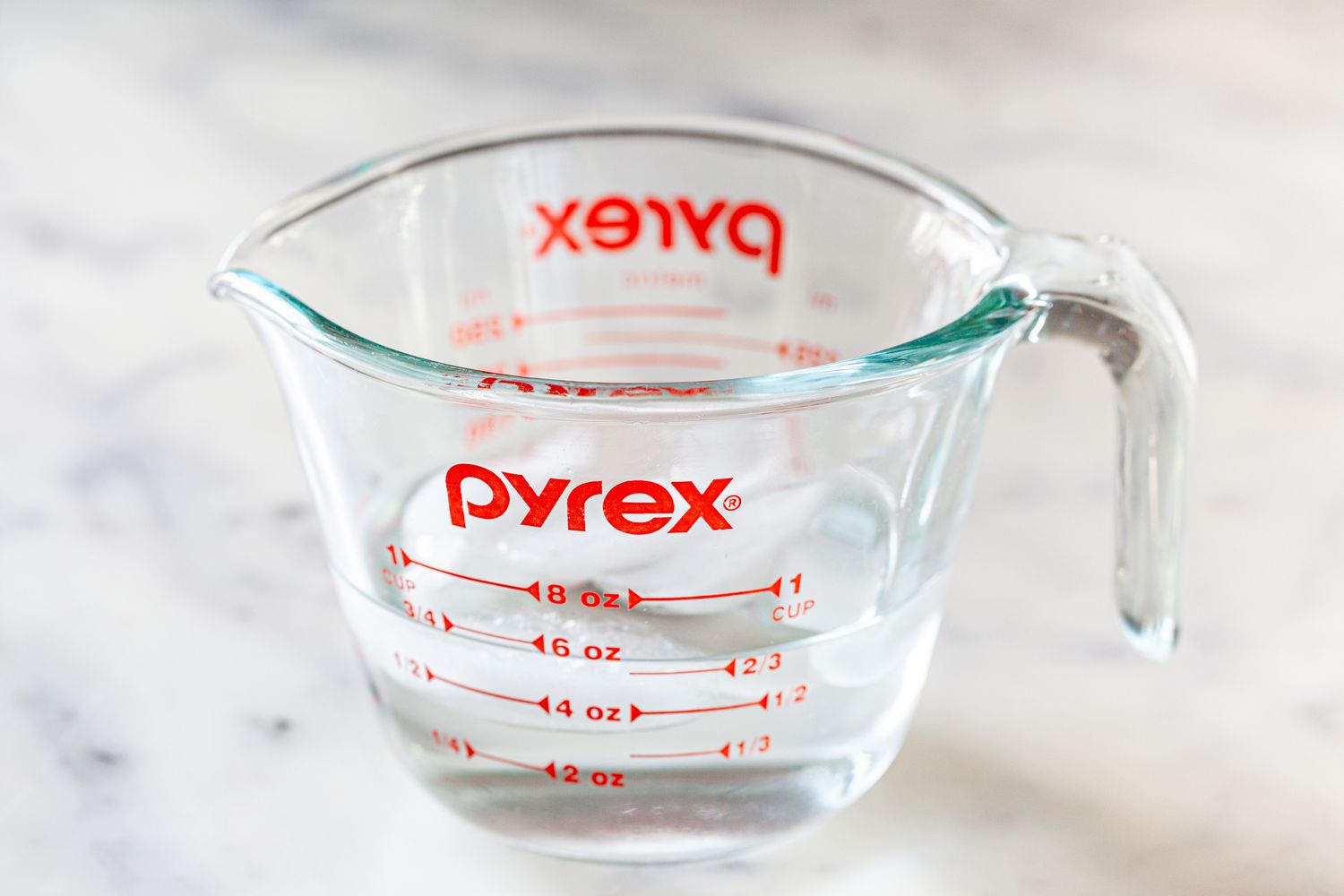
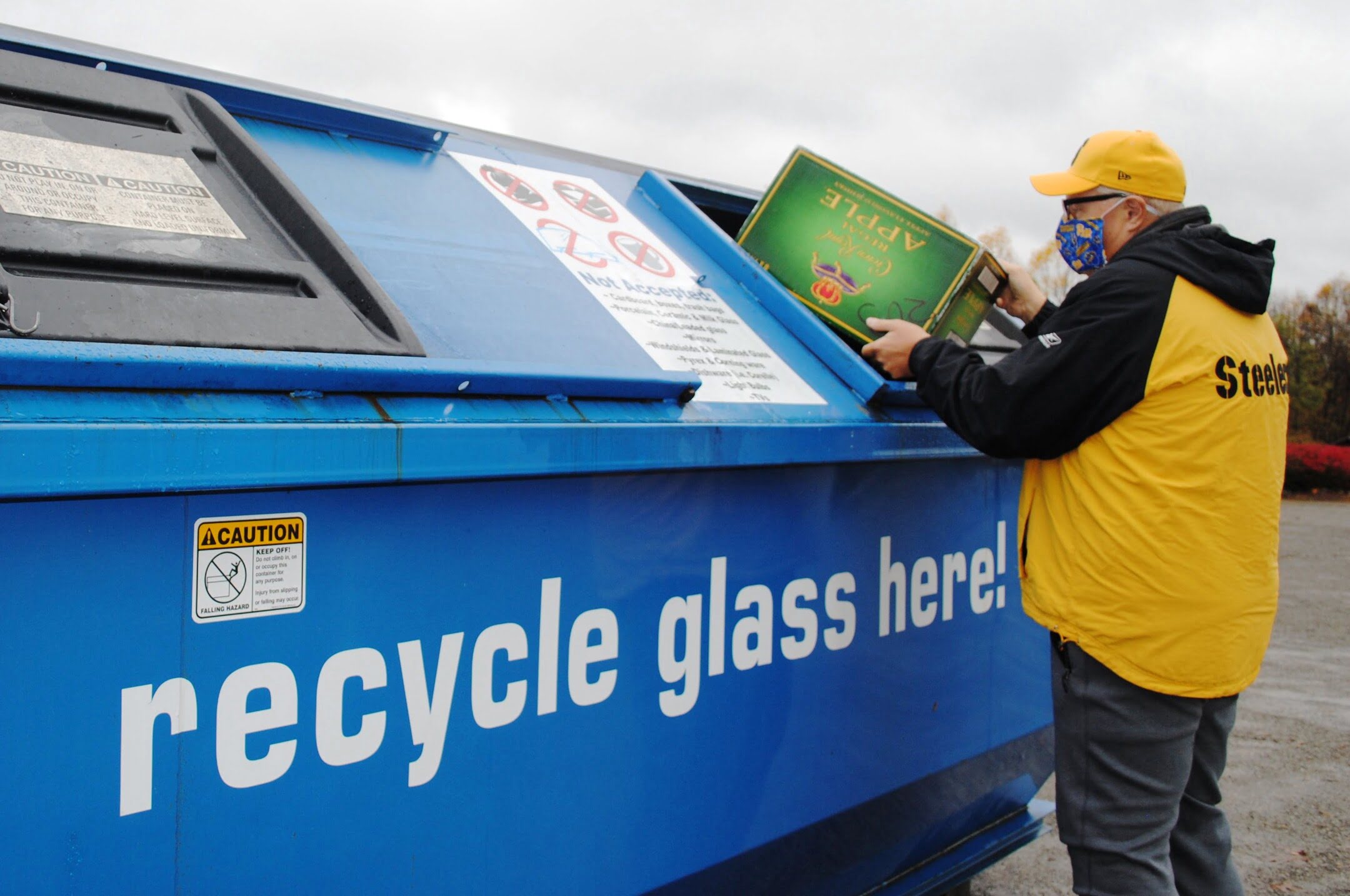
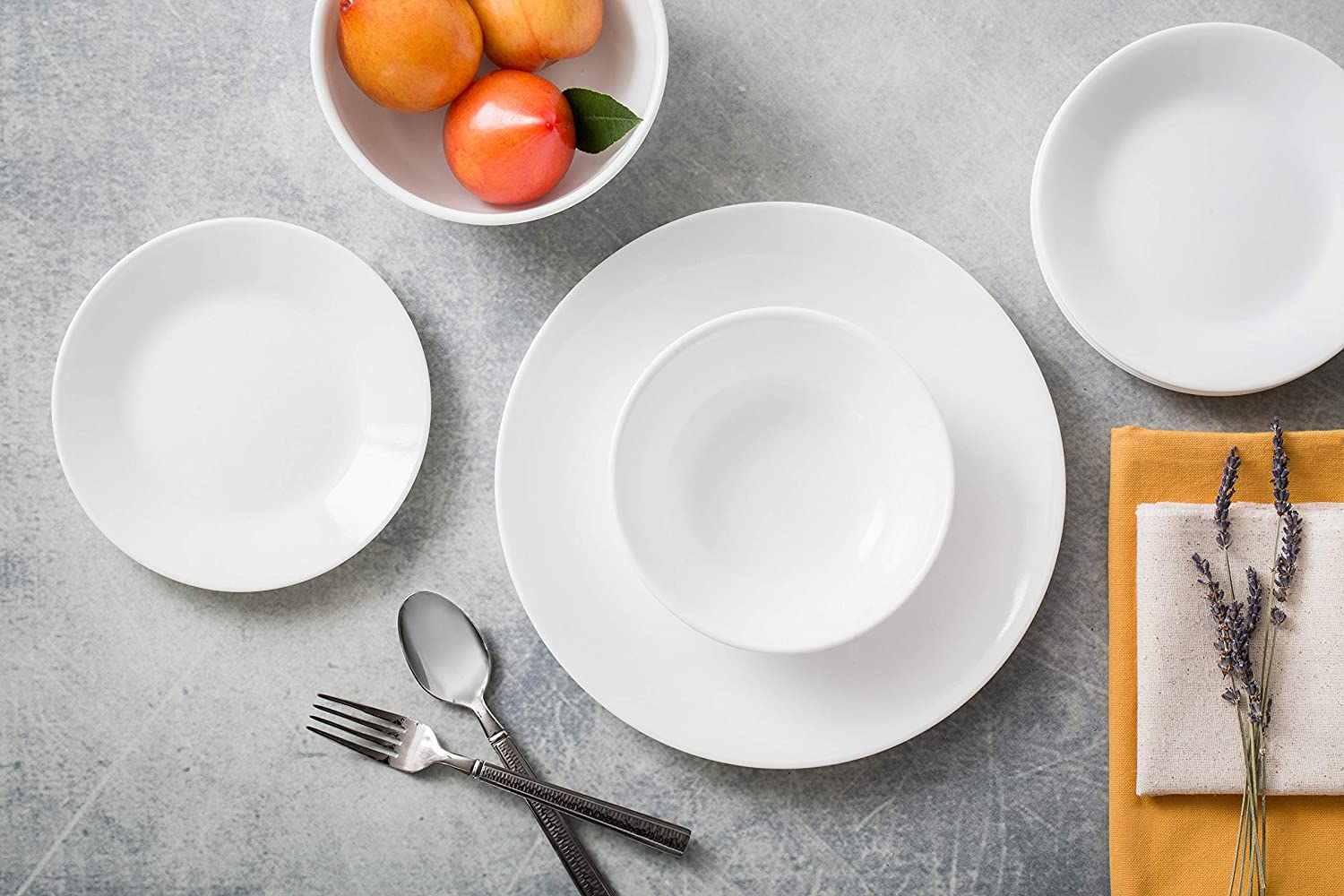

0 thoughts on “How To Test Glassware For Lead”